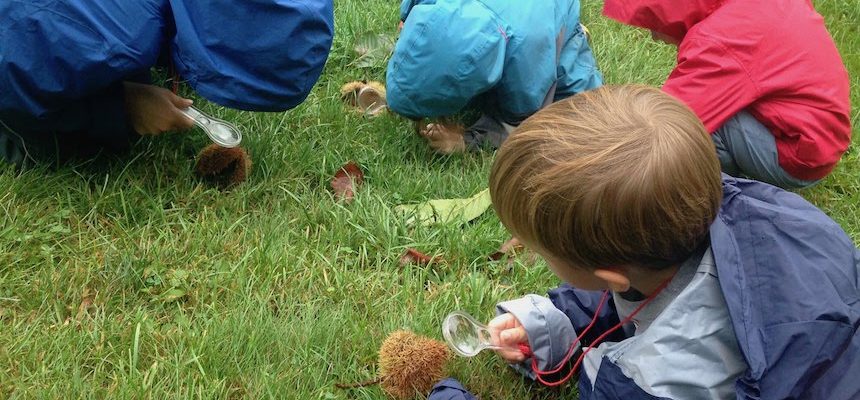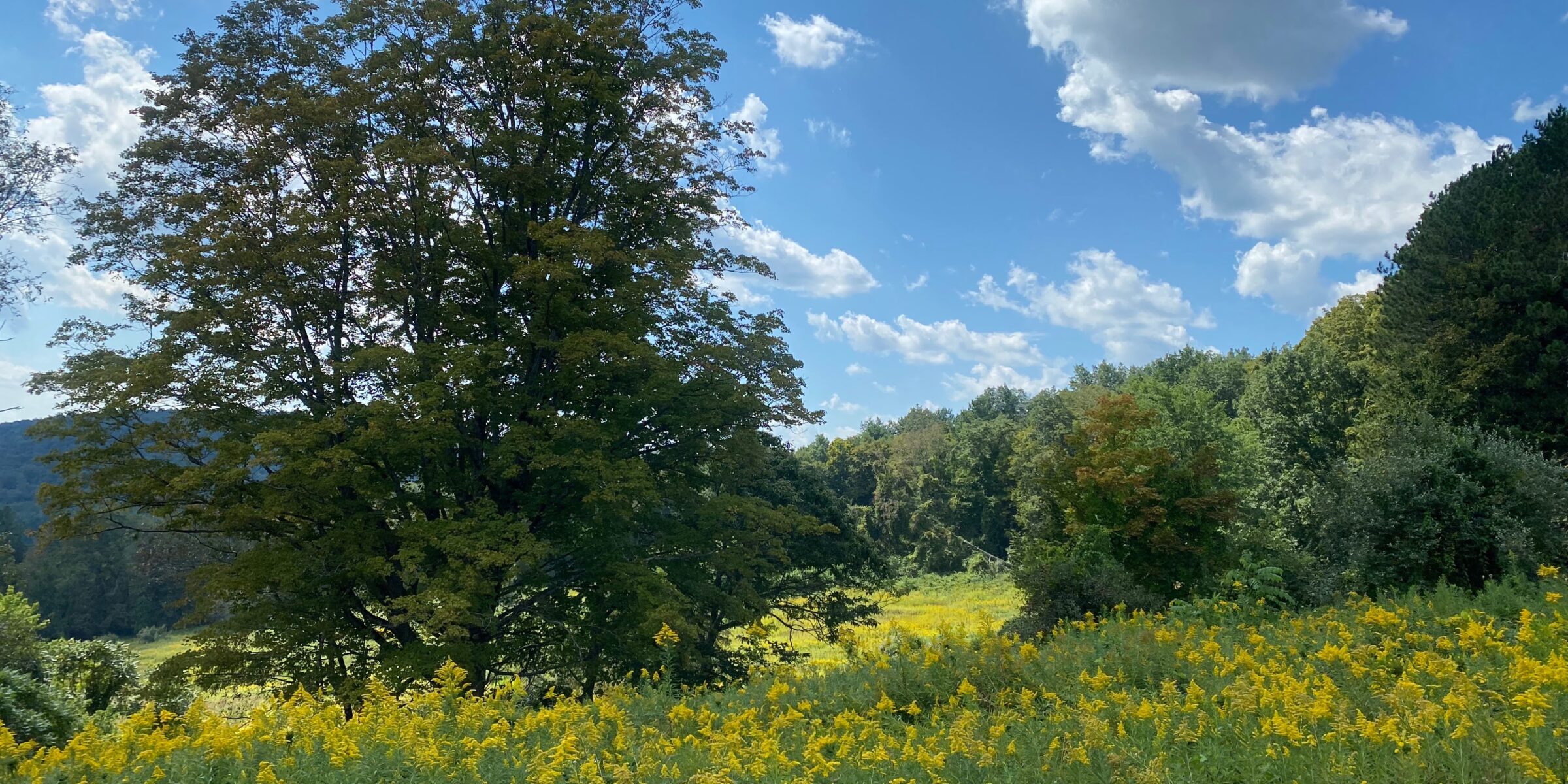
Plant and Animal Interactions
Building on the understandings – gained in Kindergarten and First Grade – of what an organism needs to survive and how those needs are met, in Second Grade we explore where organisms live and how organisms help each other to survive.
- Biodiversity Survey
Together we will compare the diversity of life we find as we hike through different habitats. Students will use charts or diagrams to document the types of plants and animals they find, and hone their scientific observation skills through interactive games.
Fall / Spring – Outdoors, Length: 1.5 – 2 hours
NGSS: Interdependent Relationships in Ecosystems LS4.D - Animal Helpers in the Fall
Plants and animals have unique ways of supporting each other in any given habitat. We will explore several habitats to discover the role animals play in seed dispersal, and learn about how seeds help animals survive through Vermont’s long cold winters. Students will investigate and model different seed dispersal strategies as they collect specimens, analyze data and play games while on a hike through fields and forest.
Fall – Outdoors / In classroom, Length: 1.5 – 2 hours
NGSS: Interdependent Relationships in Ecosystems LS2.A - Animal Helpers in the Spring
Plants and animals have unique ways of supporting each other in any given habitat. Spring is a great time to learn about pollination – and how this simple but essential act of transferring pollen from one flower to another benefits both plants and animals. We begin by investigating a few dramatic flowers, and learn how the structures of these plants invite only certain pollinators. We then dive deeper into the structures to examine individual grains of pollen. Outdoor explorations, games and interactive models reinforce the essential concepts.
Spring – Outdoors / In classroom
Length: one 2 hour program or two 1 hour programs
NGSS: Interdependent Relationships in Ecosystems LS2.A
EL: Secret World of Pollination
Earth’s Changing Surface
Combine several programs to explore the processes that shape Earth. By observing and comparing rocks students are introduced to the idea of geological forces and the time scale of geological events. By using a streamscape students explore how water shapes the land and design solutions to slow or prevent the forces of erosion.
- Rock Your World
In the classroom, students make observations and comparisons of rocks to begin considering the question: Did this rock always look like this? The idea of geological processes is introduced through a hands-on weathering experiment. Then we head outdoors to find evidence of weathering and erosion around the school grounds.
Any time of year – In classroom & Outdoors
Length: one 2 hour program, or two 1 hour programs
NGSS: Process that Shape the Earth ESS1.C - Stream Solutions
Building miniature streamscapes, students explore the geological process of erosion and its role in changing the landscape. Working together, students will experiment and design solutions to prevent water from changing the shape of the land, and compare their results.
Fall or Spring – Outdoors, ideally at a stream, Length: 1.5 – 2 hours
NGSS: Process that Shape the Earth ESS1.C, ESS2.A,
Engineering Design ETS1.A, ETS1.B, ETS1.C
